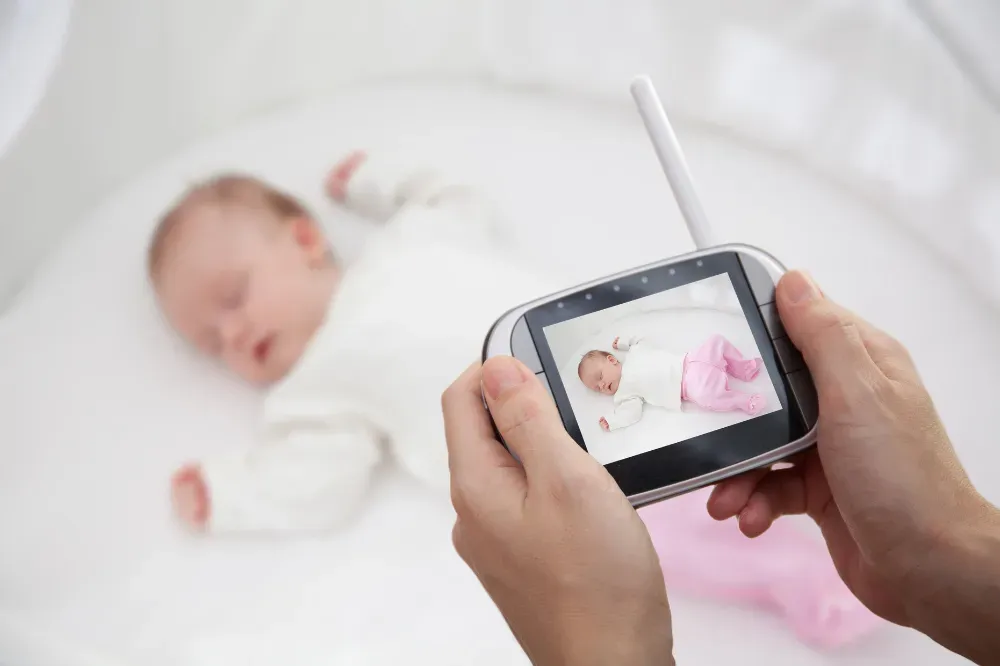Key Takeaways:
- Non-WiFi baby monitors use specific radio frequencies to transmit audio and video signals directly to a parent unit without needing a wireless internet connection.
- These devices often employ digital encryption to ensure secure peer-to-peer communication, minimizing the risk of interference and hacking.
- Most non-WiFi monitors offer features like night vision, two-way audio, and a variety of video and audio quality options, providing parents peace of mind without relying on a WiFi connection.
Understanding Non-WiFi Baby Monitors
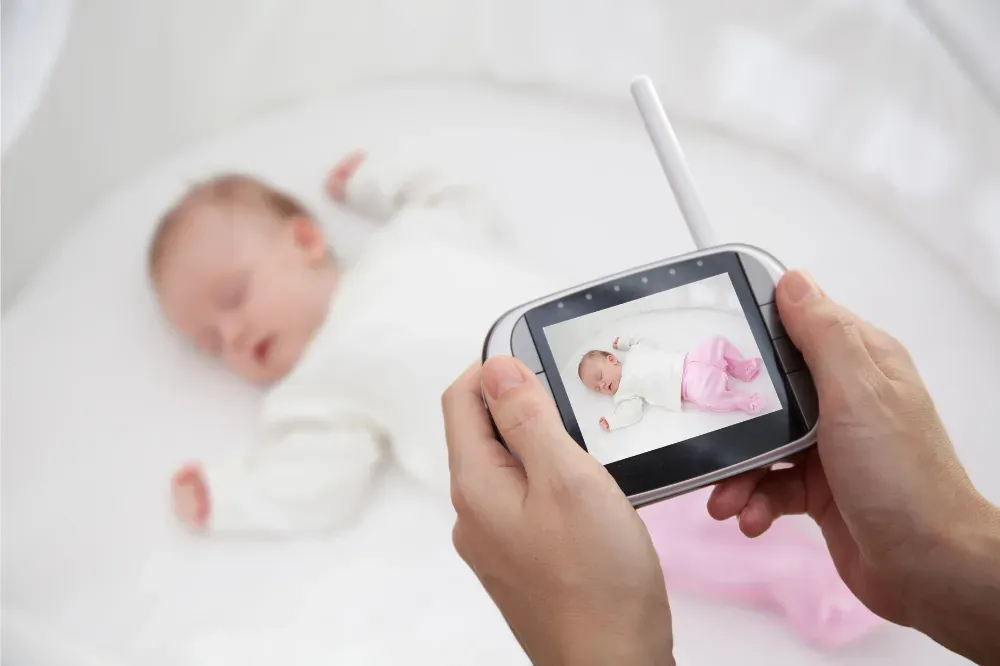
In an age where almost every device is connected to the Internet, non-WiFi baby monitors stand out for their simplicity and reliability. Unlike WiFi baby monitors, these gadgets operate independently of a wireless network, ensuring that your baby's room remains a private sanctuary. For the soon-to-be parent or the family member looking for the best choice in baby monitors, understanding how these devices work is the first thing to consider.
Non-WiFi baby monitors transmit signals using specific radio frequencies. This means that the video and audio captured by the camera in your baby's room are sent directly to a receiving device, typically known as the parent unit. This direct transmission method is often referred to as frequency hopping spectrum, a technology that ensures a secure and non-static channel for data transmission.
The Benefits of Non-WiFi Monitors
One of the most significant advantages of non-WiFi baby monitors is their independence from a wireless internet connection. This means that even in the event of a power outage or poor WiFi signal, these monitors continue to function, keeping a watchful eye on your infant. Moreover, most non-WiFi monitors employ digital encryption, which safeguards the transmission from potential eavesdroppers, offering parents peace of mind.
Another benefit is the ease of use. Setting up a non-WiFi baby monitor is typically straightforward, with no lengthy data transfer process or need to connect to a home network. This plug-and-play approach is particularly appealing to new parents or those who are not tech-savvy, as it allows them to focus on their baby's needs without worrying about network issues.
Video and Audio Transmission
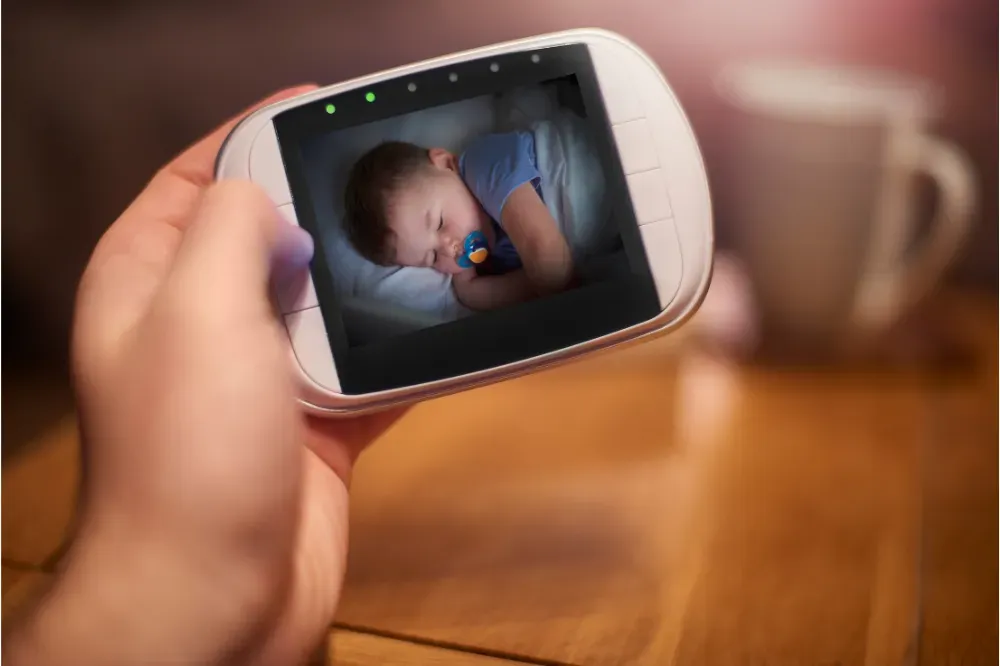
When it comes to video quality, non-WiFi baby monitors like the Infant Optics DXR 8 or the VAVA baby monitor are known for their high-definition cameras and clear video resolution. These monitors transmit video and audio to the parent unit with minimal transmission delay, ensuring that you see and hear your baby's movements and cries in real time.
The audio quality is also a critical aspect of these monitors. With features like two-way audio, parents can not only listen to their baby sleep but also talk back to soothe them. This two-way talk feature mimics the natural interaction between parent and child, making it a useful feature for calming a restless infant.
Security and Privacy
Security systems for electronic devices have become increasingly important, and non-WiFi baby monitors are no exception. These devices use advanced models of frequency hopping and employ digital encryption to prevent unauthorized access to the video and audio feed. This level of security is akin to that used in professional security cameras and ensures that the only people watching over your baby are those you've given permission to.
Privacy is another concern for modern parents. WiFi-enabled monitors, which connect to the internet network, can be vulnerable to hacking. Non-WiFi devices, however, offer a more secure alternative as they do not transmit data over the Internet, thus reducing the risk of digital intrusion.
Range and Flexibility
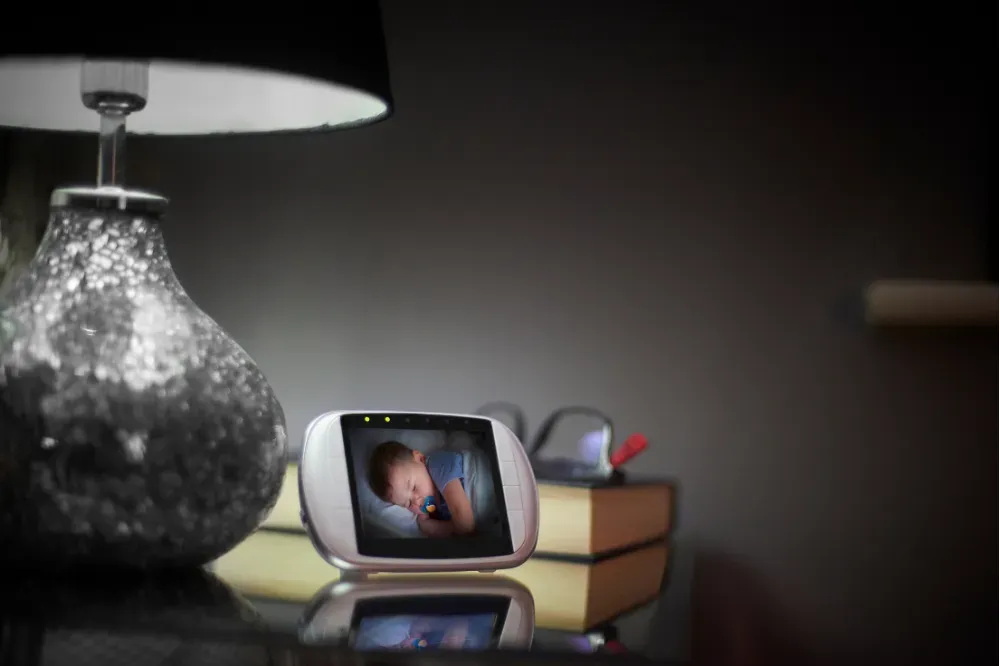
The transmission range of non-WiFi baby monitors is an important feature to consider. Most models offer a signal range that is sufficient for different rooms in a typical home, allowing parents to move freely without losing the connection to the baby's room. Advanced features like out-of-range alerts inform you if you've moved too far from the transmission distance, ensuring you're always within a safe distance to monitor your baby.
Flexibility is also a key advantage of non-WiFi monitors. Many models come with the ability to add additional cameras, which is perfect for keeping an eye on a second child or different rooms. Features like split-screen or pan and tilt camera angles give parents a comprehensive view of their baby's environment.
Night Vision and Other Features
Night vision is a crucial component of the best baby monitors. Non-WiFi video baby monitors are equipped with this feature, allowing parents to see their baby clearly in complete darkness. This ensures that even when the lights are out, you can have a clear video feed of your baby's movements.
Additional features like VOX mode, which activates the monitor based on sound, and sleep mode, which conserves battery life, add to the convenience of non-WiFi monitors. These convenient features, along with others like temperature sensors and lullabies, make non-WiFi baby monitors a comprehensive tool for monitoring your baby.
Choosing the Right Non-WiFi Baby Monitor
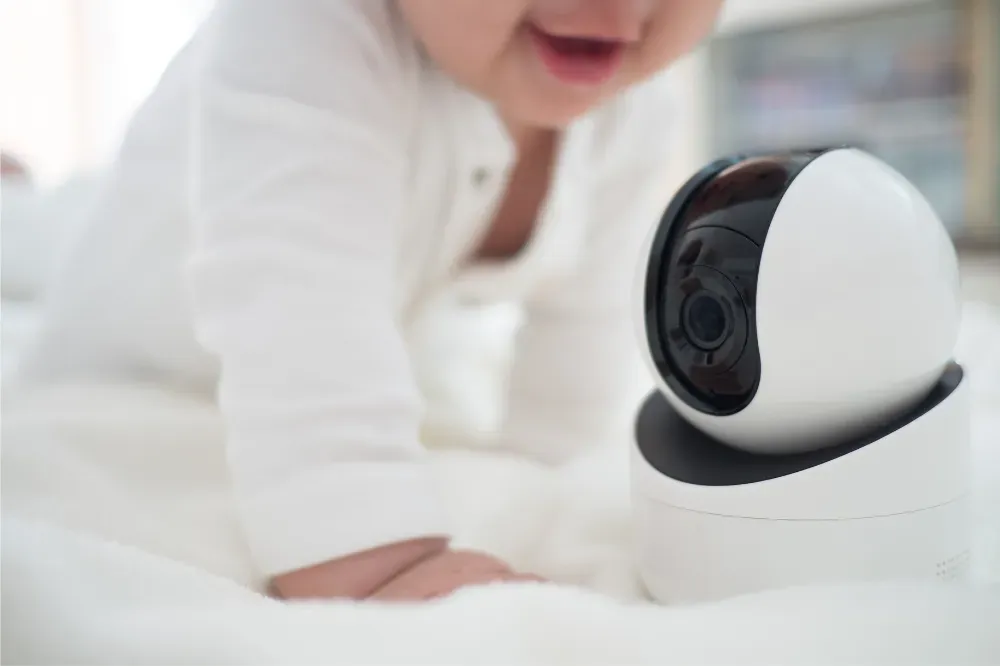
When selecting a non-WiFi baby monitor, consider your family's specific needs. If you value high picture quality and long battery life, models like the Infant Optics DXR or the VAVA baby monitor might be the best non-WiFi option for you. For those who prioritize additional features like movement monitors, or a zoom feature, the VTech VM or Nanit Pro could be the smart baby monitor of choice.
It's also worth considering the type of baby monitor that fits your lifestyle. If you're a parent who often travels or moves around the house, a portable audio baby monitor with a long transmission distance might be more suitable. On the other hand, if you're a parent who works from home and needs to keep a close eye on your baby, a video baby monitor with advanced features like a recording feature or a mobile app might be the smart monitor for you.
Summary
Non-WiFi baby monitors offer a reliable and secure way to keep an eye on your little one without the dependency on a wireless network. They provide real-time video and audio transmission, employ security measures to ensure privacy, and come with a range of features that cater to the needs of modern parents. Whether you're looking for basic sound quality or a monitor with all the bells and whistles, there's a non-WiFi baby monitor out there that's perfect for your family.
FAQ Section
Can non-WiFi baby monitors be hacked?
Non-WiFi baby monitors are generally more secure than WiFi models because they do not connect to the Internet. They use encrypted radio signals, making it much harder for someone to hack into the system.
What is the typical range of a non-WiFi baby monitor?
The range can vary depending on the model and brand, but most non-WiFi baby monitors have a transmission range that covers the average-sized home. Some models offer ranges of up to several hundred feet.
Do non-WiFi baby monitors have any smart features?
Yes, many non-WiFi baby monitors come with smart features such as night vision, two-way talk, temperature monitoring, and the ability to connect to multiple cameras. However, they typically do not offer internet-based features like remote access via a smartphone app.
Are non-WiFi baby monitors better?
Non-WiFi baby monitors are often considered better due to their enhanced security features. Since they transmit data via non-static channels, they are effectively non-hackable, providing peace of mind to parents. Furthermore, they tend to be more affordable than most WiFi baby monitors, as they do not require the extra technology that a WiFi monitor does. They offer portability and high security without using the Internet, which can be a significant advantage for many parents.
Can a baby monitor be hacked if it's not on WiFi?
The chances of a non-Wi-Fi baby monitor being hacked are significantly lower compared to WiFi monitors. While technically any device can be hacked, the process is much harder with traditional baby monitors that do not use WiFi. These monitors transmit data through non-static channels, making them more secure and less susceptible to hacking attempts.
How do baby monitors transmit?
Baby monitors, particularly non-Wi-Fi ones, transmit data through radio frequencies or digital signals. The monitor in your baby's room sends signals to the receiver unit, allowing you to hear or see your baby. These baby monitors work within a certain range, usually a few meters from the baby's room, providing real-time information about your baby's activities.
How does a digital baby monitor work?
A digital baby monitor works by converting sounds into digital signals before transmitting them. The receiver unit then converts these signals back into sound. This process ensures a clear, secure, and interference-free connection between the monitor and the receiver. Digital monitors, whether they use WiFi or not, are often considered the best baby monitor options due to their advanced features and improved signal quality.
Why would you want a WiFi baby monitor?
A WiFi baby monitor can be an excellent choice for modern parents seeking convenience and extended reach. Most WiFi baby monitors offer advanced features like real-time video streaming, two-way communication, and even temperature and humidity readings. A WiFi monitor allows you to keep an eye on your baby from any location, as long as you have an internet connection. This means you can check on your little one from your office, during travel, or while you're in another part of your house. Therefore, a WiFi baby monitor provides peace of mind and flexibility that traditional monitors cannot match.

